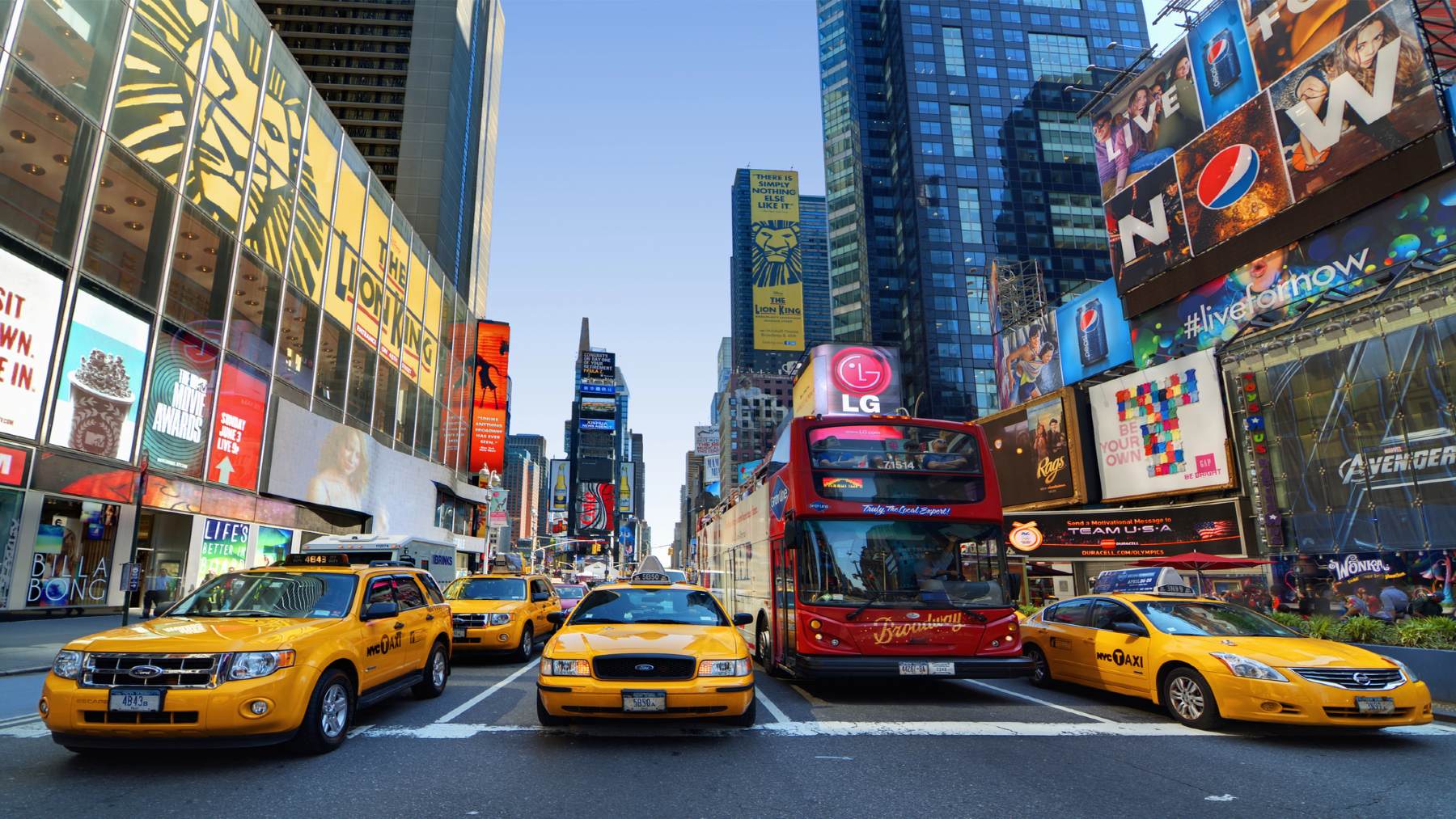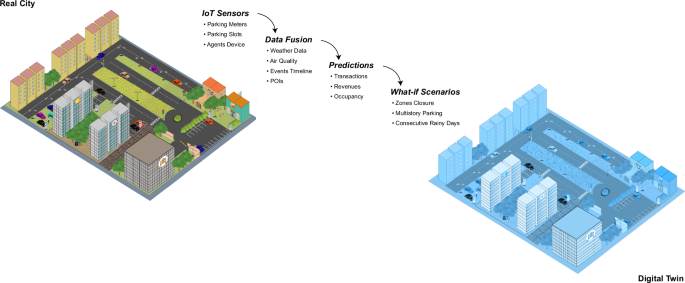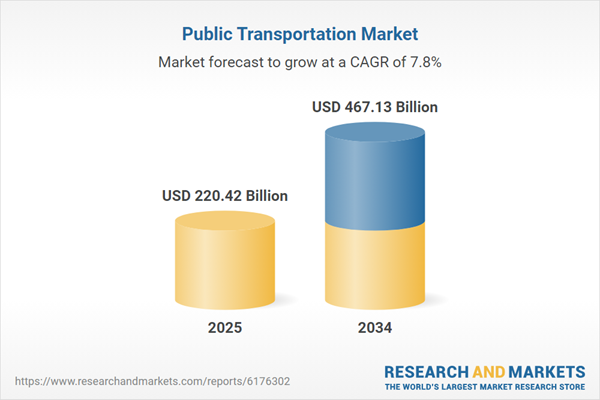Report on New York City’s 2040 Transportation Vision and Alignment with Sustainable Development Goals
Introduction
This report analyzes New York City’s 2040 transportation vision, focusing on its strategic alignment with the United Nations Sustainable Development Goals (SDGs). The initiative aims to transform the city’s extensive public transport network by integrating advanced, sustainable technologies. This transformation directly addresses global mandates for climate action, sustainable urban development, and technological innovation.
Advancing Sustainable Cities and Reducing Inequalities (SDG 11 & SDG 10)
Effective public transportation is fundamental to creating sustainable, inclusive, and resilient urban environments, a core objective of SDG 11 (Sustainable Cities and Communities). By ensuring widespread access to transport, cities can mitigate social and economic disparities, contributing to SDG 10 (Reduced Inequalities).
Key Requirements for Modern Urban Transit Systems
- Accessibility: Systems must provide equitable access for all individuals, regardless of location or socioeconomic status, thereby removing systemic barriers.
- Efficiency: Constant operational monitoring and technological upgrades are necessary to manage high passenger volumes and ensure reliability.
- Technological Congruence: Infrastructure must evolve with modern advancements to maintain efficiency and impact.
The 2040 Vision: A Commitment to Climate Action and Clean Energy (SDG 13 & SDG 7)
New York City’s 2040 vision places a significant emphasis on environmental sustainability, directly supporting SDG 13 (Climate Action) and SDG 7 (Affordable and Clean Energy). The plan’s central goal is to decarbonize the city’s public bus system, a major step in reducing the transportation sector’s contribution to climate change.
MTA Zero-Emission Bus Fleet Initiative
The Metropolitan Transportation Authority (MTA) has outlined a clear roadmap to achieve a fully sustainable bus network.
- Objective: To convert the entire fleet of 5,800 public buses to 100% zero-emission vehicles by the year 2040.
- Rationale: The MTA identifies the transition away from diesel buses as critical for achieving cleaner air, reducing dependency on fossil fuels, and building a resilient transit system for the future.
- Timeline: The initiative began with a pilot program from 2017 to 2021 and is now in the implementation phase.
This commitment demonstrates a significant move towards sustainable energy consumption within public infrastructure, setting a precedent for other major metropolitan areas.
Fostering Innovation and Resilient Infrastructure (SDG 9)
Beyond vehicle electrification, the future of transportation involves pioneering new technologies such as autonomous vehicles. This aligns with SDG 9 (Industry, Innovation, and Infrastructure), which encourages the development of resilient, sustainable, and technologically advanced infrastructure.
Integration of Autonomous Vehicle Technology
The emergence of Level Four autonomous vehicles represents a paradigm shift for the transportation industry. While developers are advancing pilot programs, widespread integration faces several critical challenges that must be addressed to ensure safe and ethical implementation.
- Technological Status: Current autonomous systems primarily function as driver-assistance tools and require human supervision.
- Legal and Ethical Hurdles: A primary concern is establishing liability in the event of an accident involving a fully autonomous vehicle.
- Regulatory Framework: The development of a comprehensive legal and ethical framework is imperative before these vehicles can be integrated into daily public and private transport.
Analysis of Sustainable Development Goals in the Article
1. Which SDGs are addressed or connected to the issues highlighted in the article?
- SDG 7: Affordable and Clean Energy: The article’s focus on transitioning New York City’s bus fleet to “100% emission-free vehicles” and reducing “dependence on fossil fuels” directly connects to the goal of promoting clean energy sources in the transportation sector.
- SDG 9: Industry, Innovation and Infrastructure: The “2040 vision for New York” involves a significant upgrade of public transportation infrastructure. The article discusses advancing technology to be “in line with modern updates,” implementing “sustainable engine technology,” and developing “fully autonomous vehicles,” all of which fall under the umbrella of building resilient, innovative, and sustainable infrastructure.
- SDG 11: Sustainable Cities and Communities: The core theme of the article is the transformation of New York City’s transportation network to make it more sustainable and accessible. It emphasizes ensuring “all individuals have access to transport, regardless of location and socioeconomic status” and creating a “widespread network to connect all five of the City’s boroughs,” which are central tenets of creating inclusive and sustainable cities.
- SDG 13: Climate Action: The primary driver for the transportation overhaul is the demand to “implement carbon-neutral solutions” to “prevent irreparable climate damage.” The MTA’s plan is explicitly framed as a measure to combat climate change, as adopting zero-emissions buses leads to “cleaner air” and a “sustainable and resilient transit system.”
2. What specific targets under those SDGs can be identified based on the article’s content?
- Target 9.4: “By 2030, upgrade infrastructure and retrofit industries to make them sustainable, with increased resource-use efficiency and greater adoption of clean and environmentally sound technologies and industrial processes…” The plan to update all 5,800 buses in the MTA fleet to be “100% emission-free vehicles by 2040” is a direct example of upgrading infrastructure with clean technology.
- Target 11.2: “By 2030, provide access to safe, affordable, accessible and sustainable transport systems for all…” The article highlights the importance of ensuring that “all individuals have access to transport, regardless of location and socioeconomic status” and mentions the city’s “widespread network” of subways, buses, trams, and trains designed to connect all boroughs, which aligns with this target.
- Target 13.2: “Integrate climate change measures into national policies, strategies and planning.” The “2040 vision for New York” is a city-level strategic plan that directly integrates climate change mitigation measures (reducing transport emissions) into its long-term transportation planning.
3. Are there any indicators mentioned or implied in the article that can be used to measure progress towards the identified targets?
- Implied Indicator for Target 9.4: The article provides a clear, measurable goal that can serve as an indicator: the percentage of the public bus fleet converted to zero-emission vehicles. The specific target mentioned is updating “all 5,800 of its bus fleet… to be 100% emission-free vehicles by 2040.”
- Implied Indicator for Target 11.2: While not providing a specific metric, the article implies the importance of network coverage as an indicator of access. The mention of a “widespread network to connect all five of the City’s boroughs together” suggests that the proportion of the population with convenient access to this expanding and improving public transport system is a key measure of success.
- Implied Indicator for Target 13.2: The article implies that a key indicator is the reduction of carbon emissions from the public transport sector. The MTA’s statement about adopting “zero-emissions buses” to achieve “cleaner air” and “reduced dependence on fossil fuels” points directly to measuring greenhouse gas emissions as a way to track progress.
SDGs, Targets, and Indicators Table
| SDGs | Targets | Indicators (Mentioned or Implied in the Article) |
|---|---|---|
| SDG 9: Industry, Innovation and Infrastructure | Target 9.4: Upgrade infrastructure and retrofit industries to make them sustainable… with greater adoption of clean and environmentally sound technologies. | The percentage of the public bus fleet converted to zero-emission vehicles, with a stated goal of 100% of the 5,800-bus fleet by 2040. |
| SDG 11: Sustainable Cities and Communities | Target 11.2: Provide access to safe, affordable, accessible and sustainable transport systems for all… by expanding public transport. | The coverage of the public transportation network, specifically its ability to “connect all five of the City’s boroughs together” and provide access to “all individuals… regardless of location and socioeconomic status.” |
| SDG 13: Climate Action | Target 13.2: Integrate climate change measures into… strategies and planning. | The reduction of carbon emissions and fossil fuel dependence from the public transportation sector as a result of the “2040 vision for New York.” |
Source: ecoticias.com






